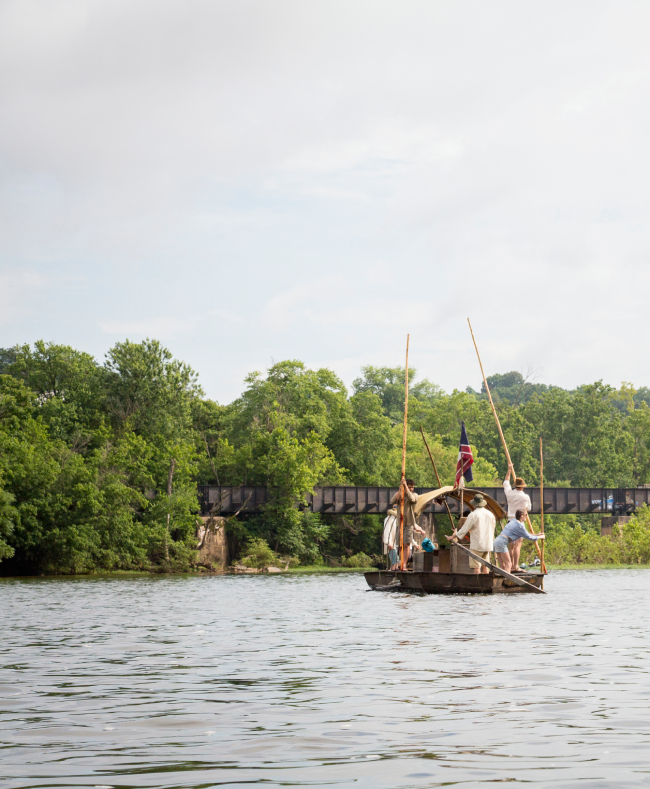James River History
15,000 Years of America’s Founding River
From the ancient cultures of Virginia’s first people to the bustling modern riverfronts of today, the James River has been a silent witness to our most triumphant and challenging moments. As Virginia’s largest river and a primary source of life for millions, its history is a journey of discovery, conflict, and rebirth. Step back in time to explore the pivotal moments—from the arrival of the first English settlers to the river’s modern-day ecological restoration—that have made the James River ‘America’s Founding River.
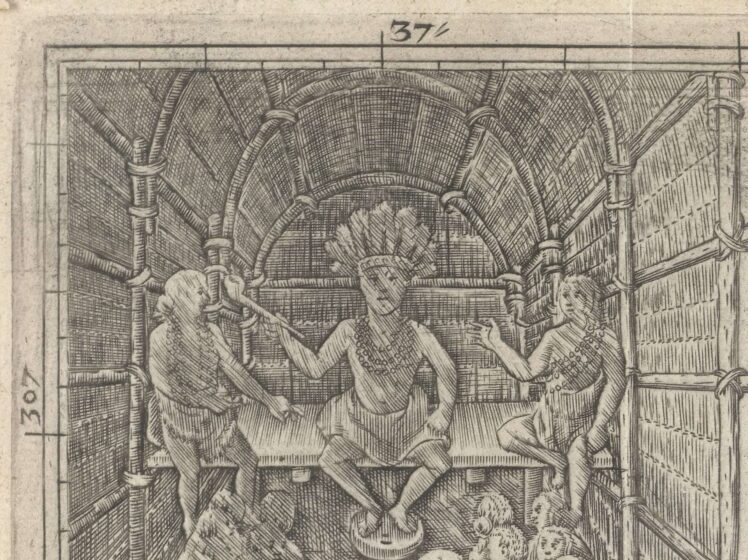
Native Americans live along the river
Virginia has been inhabited by man at least 15,000 years. The first people were nomadic hunters, following herds of game and migrating birds along the rivers and hills of Virginia. Other cultures known broadly as the Archaic lived in Virginia about 10,000 to 3,000 years ago. These people moved seasonally, following animal migrations, spawning runs of fish, and plant cycles. They began farming, living in villages, making pottery, and using the bow and arrow about 3,000 years ago.
At the time of European exploration, the principal Native American tribe living below the fall line (modern day Richmond) was the Powhatan – the name of the chief, the tribe and the river that became the James. West of the fall line, the Monacan tribe ruled much of what is now Central Virginia. The native people were intimately connected to the river as the source of food, travel and defense from enemies. With fish, game, migratory birds and fertile ground, the river was life to them. (Image Credit: Public Domain)
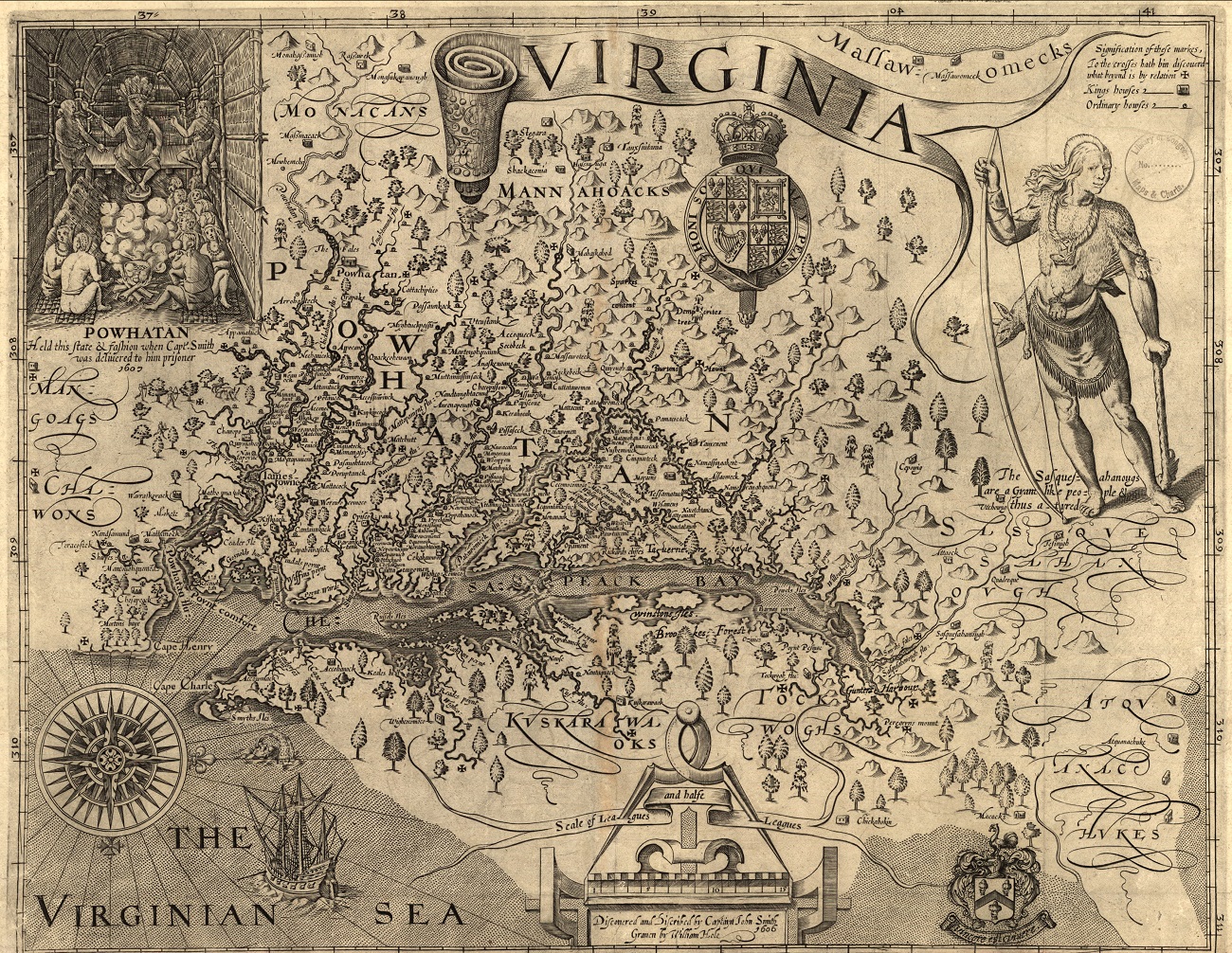
1607 Jamestown Settlement Founded
Led by Captain John Smith, early English settlers established a colony at Jamestown in 1607. The English chose Jamestown Island, 60 miles from the sea, because it could be defended against the Spanish, and its deep water allowed sailing ships near shore. Started as a for-profit venture looking for precious metals and a shortcut to Asia, Jamestown yielded neither, but it became the first permanent English settlement in America.
The colony launched the earliest democratic government in the New World and saw the first African slaves come to America. Bad water, disease, conflict with the natives, and lack of New World skills almost wiped out the colony, but it survived.
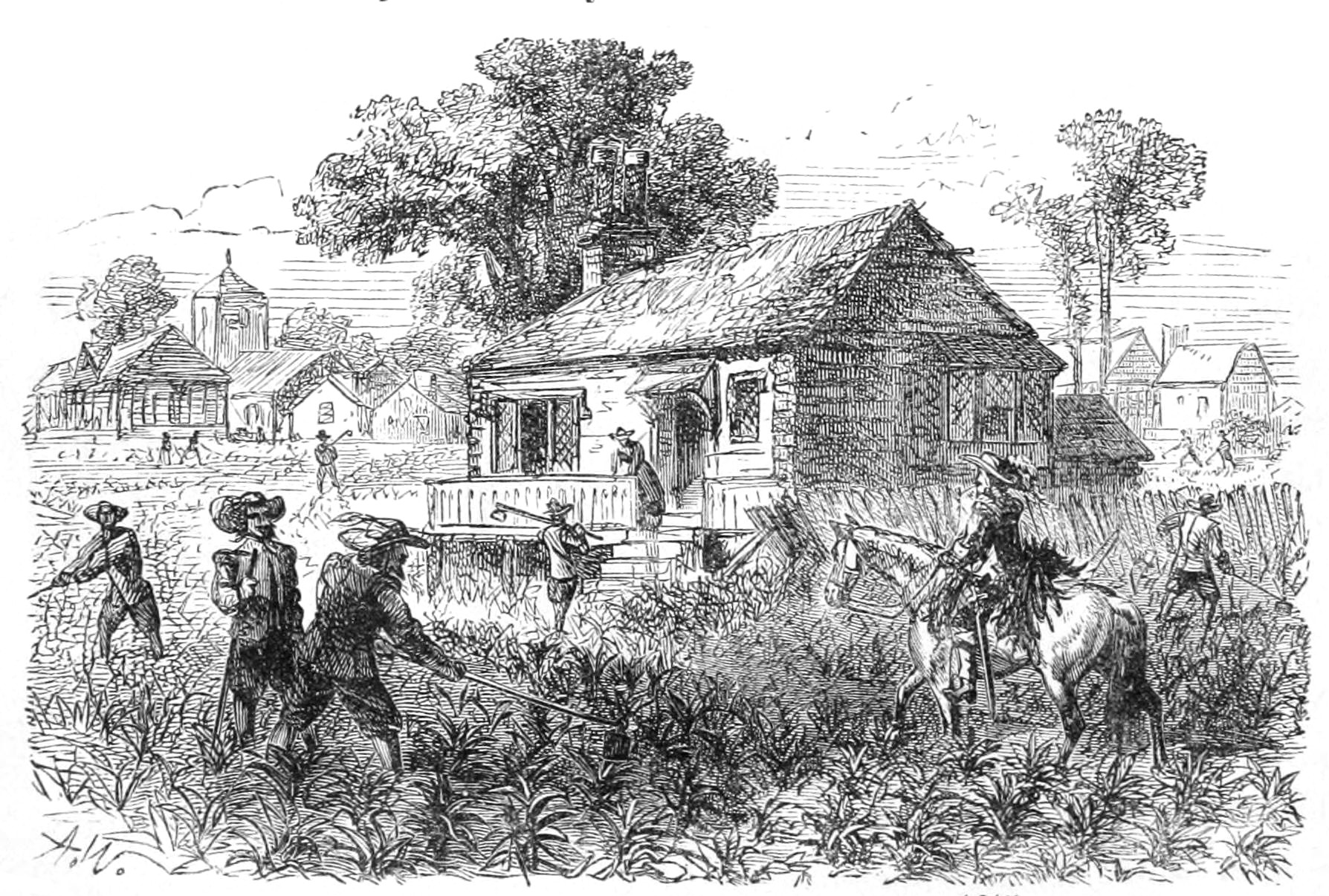
1600s Westward Settlement
With the introduction of tobacco by John Rolfe in 1612, Virginia created a cash crop that propelled westward settlement for the next 200 years. Colonists moved along the James River (then called the Fluvanna) and its tributaries, founding settlements including Flowerdew Hundred, Jordan’s Journey, and Henricus. As the population moved west, so did the capital – from Jamestown to Williamsburg in 1699 and to Richmond in 1780.
The hunger for new land, religious freedom, and adventure took settlers west into the Piedmont and across the Blue Ridge Mountains to what is now Buchanan, Eagle Rock and Iron Gate.
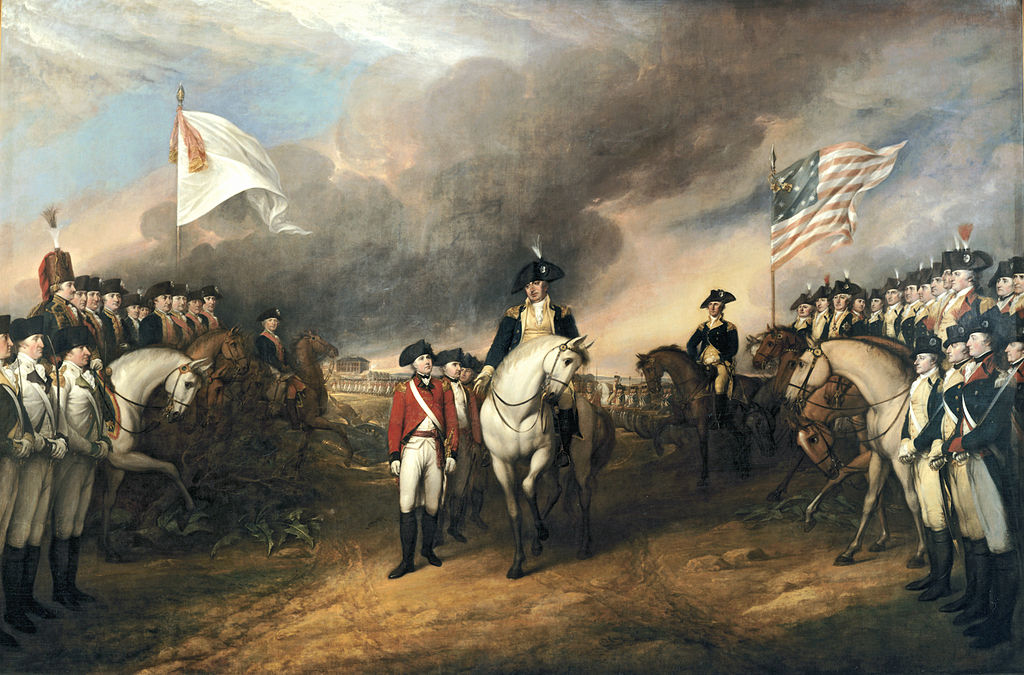
1780 Revolutionary War comes to Richmond
During the Revolutionary War, American traitor Benedict Arnold led a British force that sailed up the James River. As Virginia Governor Thomas Jefferson and other officials fled Richmond, Arnold and the British marched into the city and plundered much of Virginia’s capital.
Battles between the American and British natives were fought on the lower James again during the War of 1812. British raiding parties moved up and down the river, burning plantations and seizing food from their base in Hampton.
(Photo: John Trumbull [Public domain], via Wikimedia Commons)
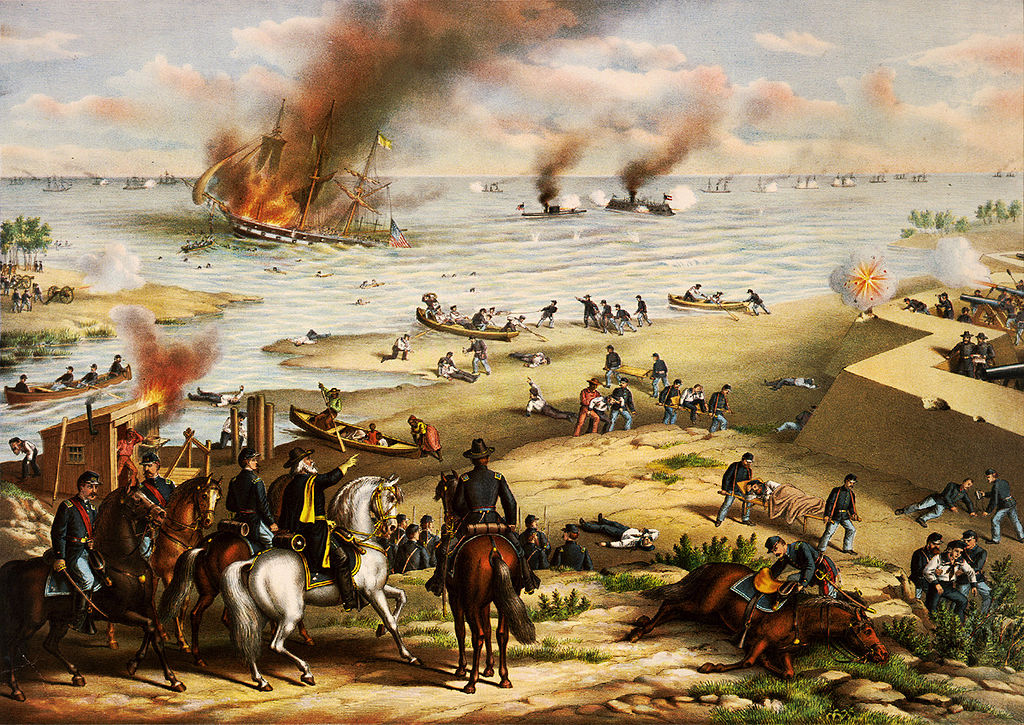
1861 – 1865 Civil War on the James River
During the Civil War, Union forces held Fort Monroe at the mouth of the James River. Runaway slaves called “contrabands” appeared at the fort in 1861, forcing the Union to consider slavery as tied to the war effort. The North and South fought over control of the James for the next four years – the North to cut off supplies coming in from abroad. The South fought to keep Union forces from using the river as a pathway to capture Richmond, the capital of the Confederacy. The Federal navy had a significant, often forgotten, role in winning the war for the Union.
(Photo: By Kurz & Allison., [Public domain], via Wikimedia Commons)
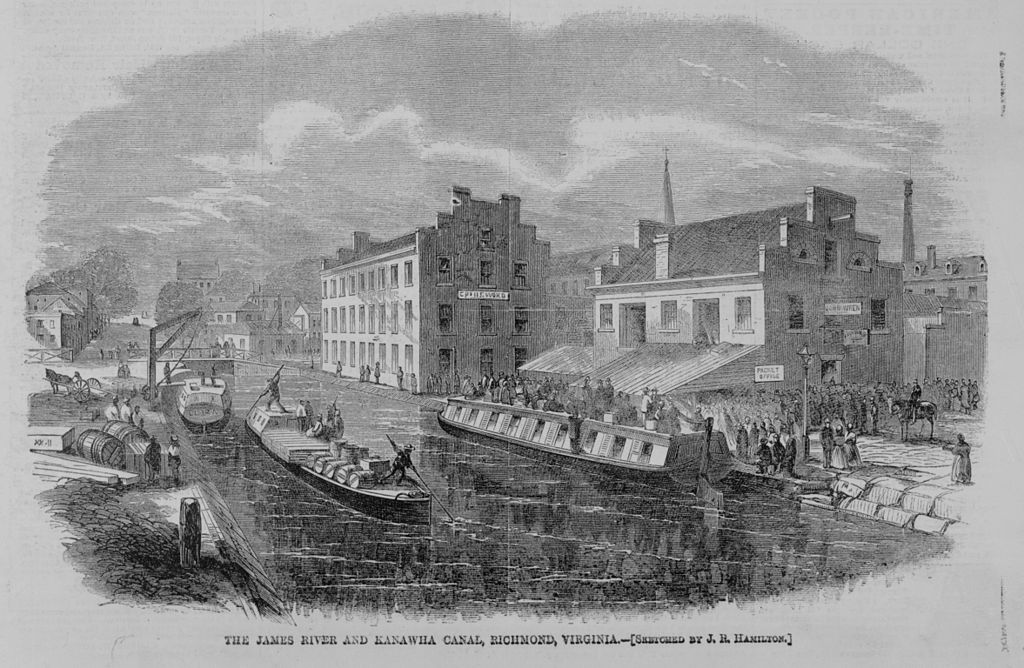
Late 1800s – Canals and Railroads Transport Goods
In the late 1800s, railroads became a more efficient method of transportation. The Richmond and Alleghany Railroad was built beside the James River along the route of the canal, making the canal system obsolete.
(Photo by Harper’s Weekly, v. 9, no. 459 p. 653. (sketched by J.R. Hamilton) [Public domain], via Wikimedia Commons)
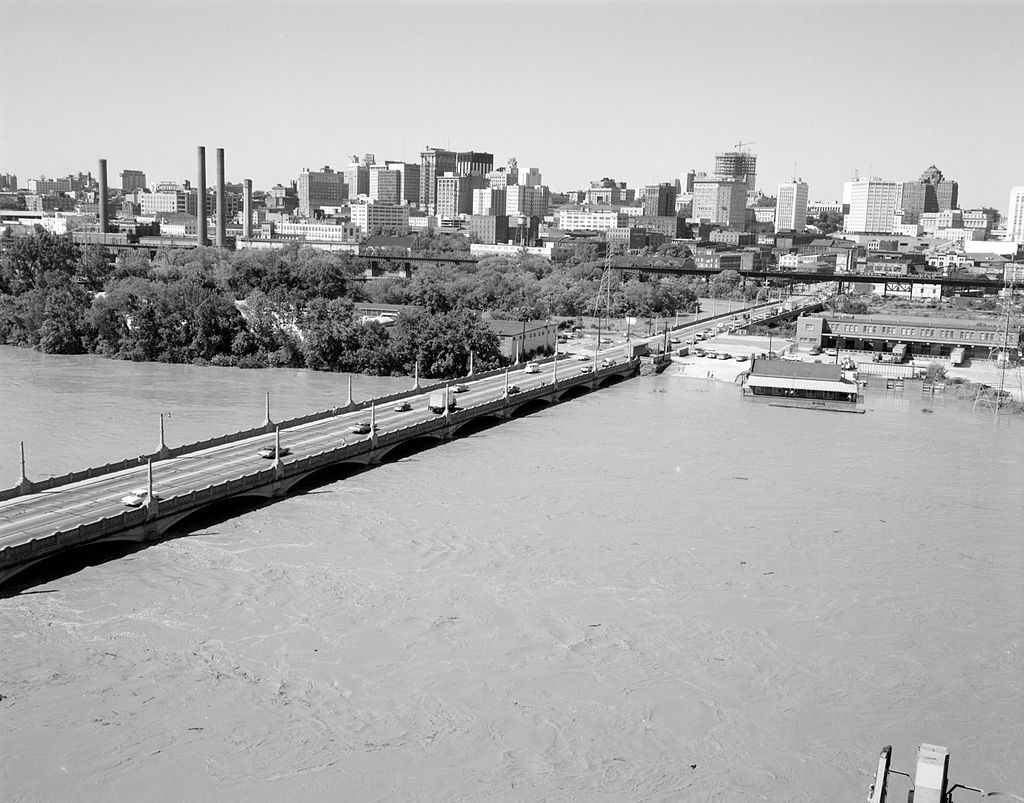
1969 – Hurricane Camille Hits Virginia
Between 1969 and 1987, there were eight major floods in Richmond along the James River. This prompted city officials to construct a floodwall to help shield the city. For 2 miles on the south bank of the James and 1.2 miles on the north side, the wall is designed to protect the city from floods up to 32 feet.
(Photos by The Library of Virginia from USA [No restrictions], via Wikimedia Commons)
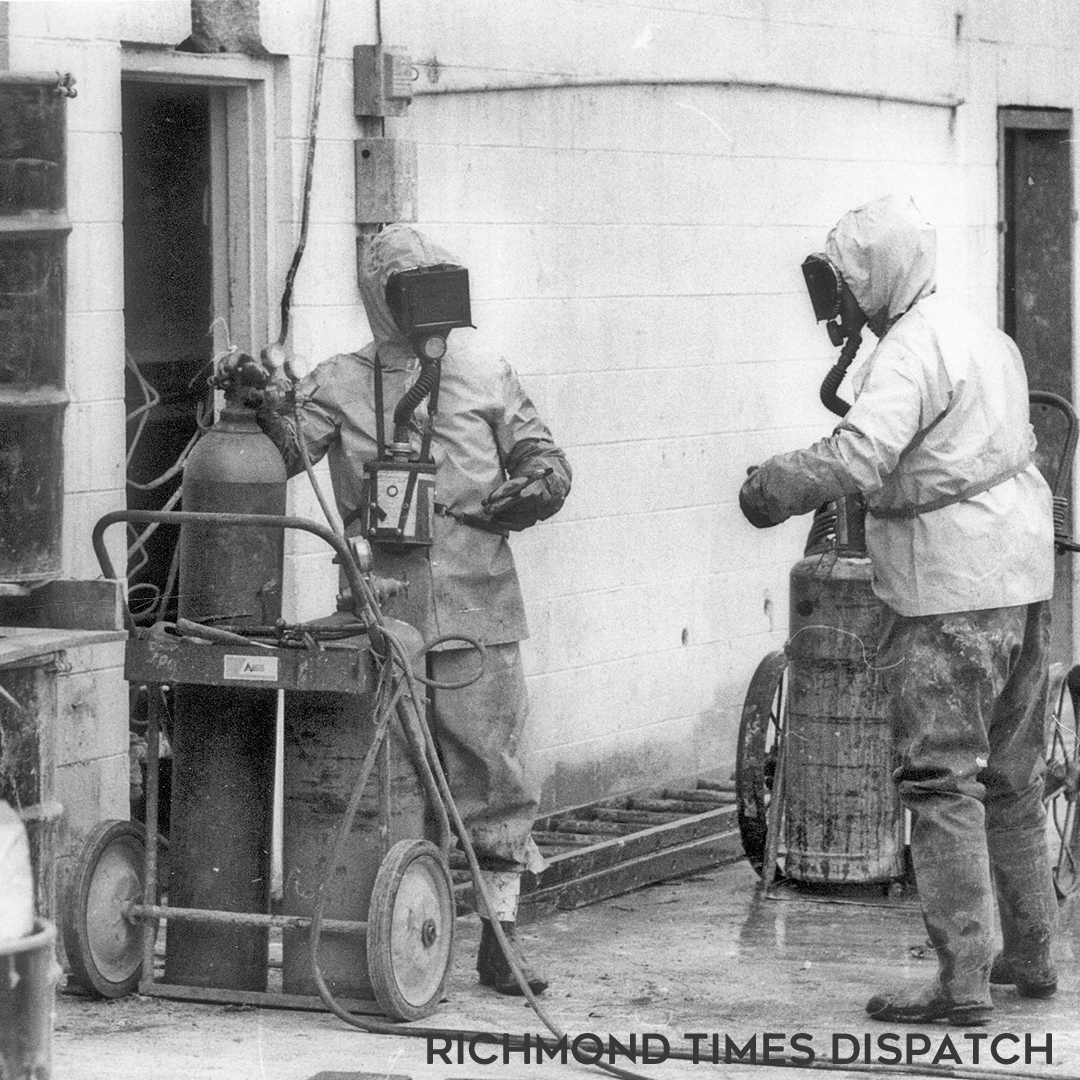
1975 – Kepone is Dumped in the James River
Three years after the passage of the Clean Water Act of 1972, a harmful chemical known as Kepone was found in the James River near Hopewell. It made national headlines as workers fell ill from exposure to the neurotoxin and production was halted by the state. A few months later, the state also shut down the James River to fishing for the same reason – the river ecology was also impacted.
Because Kepone slowly breaks down in the environment, the commercial fishing ban lasted for 13 years, devastating the river’s fishing industry and contributing to the James River being identified as one of the most polluted rivers in America at the time.
In 1976, a group of citizens concerned about the effects of Kepone and other environmental threats founded the Lower James River Association to act as a voice for the river and to protect and restore its health. (Photo: Richmond Times Dispatch)
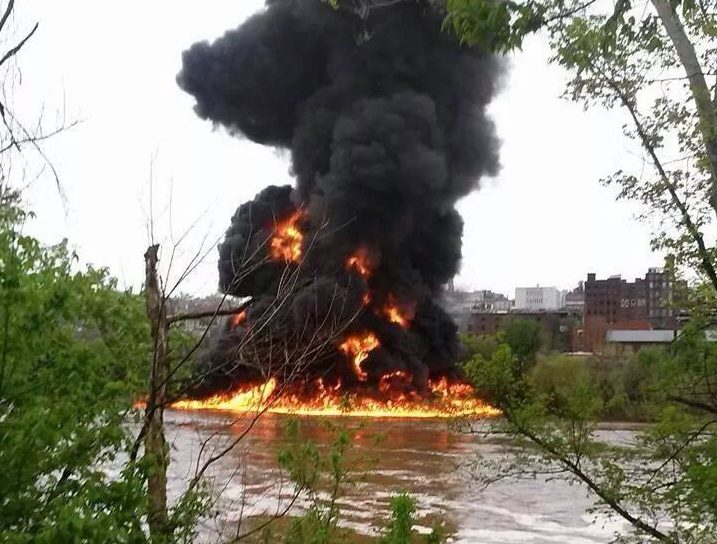
2014 – Lynchburg Train Derailment
On April 30, 2014, a train carrying crude oil derailed and caught fire in Lynchburg, Virginia. Three rail cars fell into the James River. One caught fire and completely lost its contents, either by burning up or spilling into the river. Fortunately no one was injured during the incident.
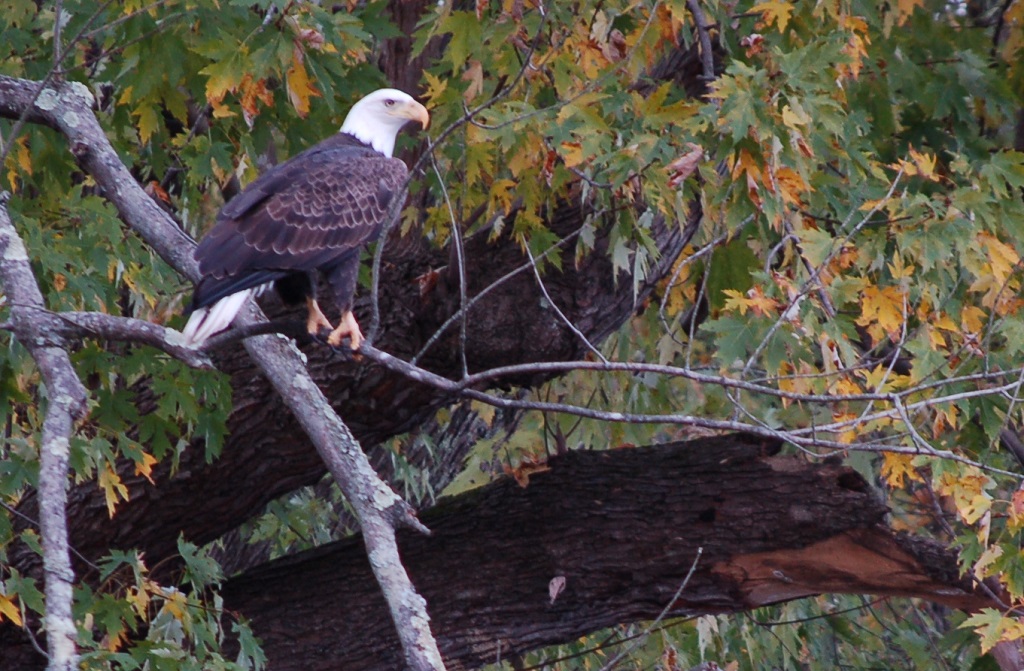
Present Day
In the 50 years since the James was burdened with the harmful Kepone spill, the river is slowly returning back to health. Legislation beginning with the Clean Water Act and restoration efforts by many organizations have contributed to the river’s restoration.
Bald eagles and great blue heron have returned to nest along its shores and Atlantic sturgeon, once thought to be extinct, are spawning in its waters once again. The James River has truly gone from one of the most polluted rivers in the nation to one of the most improved.

